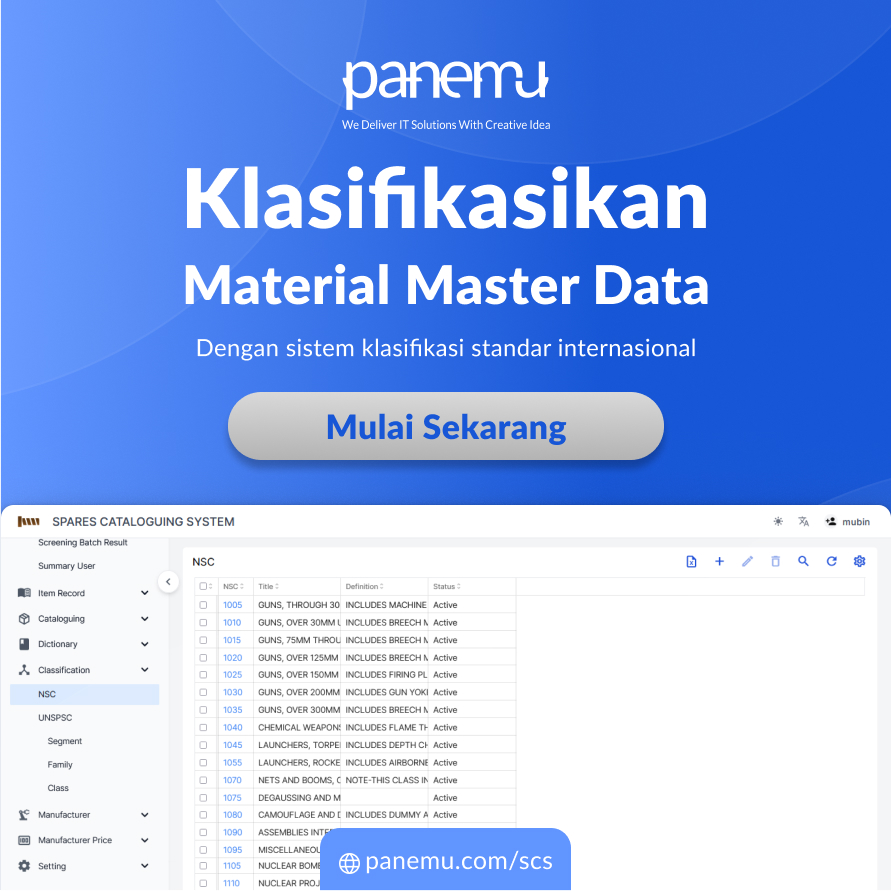Imagine trying to drive a precision-engineered machine with sand in the gears. That’s what working with dirty data feels like. Duplicate entries, inconsistent naming, outdated information, and irrelevant records silently sabotage decision-making, increase costs, and erode trust in your systems. Welcome to the world before Data Cleansing—a world where potential is buried under digital noise.
But cleansing isn't just about tidying up. It's about revealing clarity. It’s the methodical, intelligent, and often transformative process of removing inaccuracies, resolving duplications, and restoring consistency across data assets. And in modern industry, it's not optional—it's foundational.
This article dives deep into the art and strategy of data cleansing, not as a technical chore, but as an enabler of industrial excellence.
Redefining What “Clean Data” Really Means
Clean data isn't just error-free. It’s relevant, consistent, and purposeful. In the industrial context, it means that each item record, asset detail, and transactional entry is:
- Accurate and factually correct
- Current and timely
- Free from duplicates
- Structured uniformly
- Contextually appropriate for use
So, data cleansing becomes more than deletion. It’s decision enablement.
When Dirty Data Becomes Dangerous
It’s easy to ignore data issues when systems still function. But beneath the surface, inconsistencies quietly generate real-world consequences:
- Wasted Procurement Spend
Duplicate items cause multiple purchases of the same part under different names. - Inflated Inventory Holdings
Inaccurate usage histories and part records lead to excess stock or critical shortages. - Inaccurate Maintenance Schedules
Wrong part IDs, outdated BOMs, and asset misclassifications disrupt predictive maintenance. - Integration Failures Across Systems
If CMMS, ERP, and warehouse systems don’t share clean data, syncing becomes a nightmare. - Compliance and Audit Risks
Regulatory reporting becomes error-prone and untrustworthy when data is inconsistent.
The Anatomy of an Effective Cleansing Process
Data cleansing should follow a structured, strategic flow—not an ad hoc cleanup. Here’s how mature organisations approach it:
- Profiling the Data
Start with diagnostics. Identify the most common errors: duplicates, format issues, nulls, outdated fields. - Establishing Business Rules
Define what “clean” means. Should a part have a max of 30 characters in the description? Is a unit of measure mandatory? - Automated Cleansing Scripts
Use data tools to flag and correct bulk issues: spacing, abbreviations, format mismatches, etc. - Manual Review & Exceptions Handling
Not everything can be automated. Create governance teams to review edge cases. - Ongoing Validation
Implement validation gates in data entry forms to prevent recontamination. - Governance and Monitoring
Build dashboards and KPIs to track cleanliness over time. Set thresholds for acceptable quality levels.
Functional Use Cases That Prove the Power of Cleansing
Data cleansing has concrete, measurable benefits across operations. Consider these field-tested use cases:
- Optimised Spare Parts Database
Cleansing a spares catalogue of 40,000+ items revealed 18% duplication. Procurement spend dropped by 12% in a year. - Master Data Alignment Before ERP Migration
Cleansing legacy data ensured clean cutover to SAP without polluting the new system. - Maintenance Team Efficiency Boost
Unified and de-duplicated maintenance histories led to a 23% faster fault resolution rate. - Supplier Onboarding Accuracy
Cleansed supplier records eliminated mismatches in PO, invoice, and delivery data.
Why It’s More Than Just a One-Time Cleanup
Many organisations treat data cleansing as a project. The truth? It’s a discipline. Here’s why:
- Data Decays Naturally
Systems grow. People input inconsistently. Over time, even clean data becomes dirty again. - New Sources Bring New Errors
Every new vendor, system, or acquisition introduces data that needs validation. - Business Rules Evolve
What was relevant two years ago may now be obsolete or incorrect.
That’s why the best companies don’t just cleanse once—they build a culture of cleansing.
Turning Clean Data Into a Competitive Edge
Clean data helps you see clearly—and when you see clearly, you act smarter. The advantages multiply:
- Better forecasting
- Leaner inventories
- Streamlined operations
- More reliable automation
- Smarter purchasing
Clean data is not just an IT concern. It’s a business performance enabler.
At Panemu, we bring clarity to complexity. Our Cataloguing Service doesn’t just classify—we cleanse, validate, and enrich item data to support smart decisions from day one.
Looking to operationalise this at scale? Our Spares Cataloguing System (SCS) gives you full control of your master data environment with built-in cleansing intelligence and validation logic.
Because when your data is clean, your business runs clearer, faster, and sharper—every single day.

